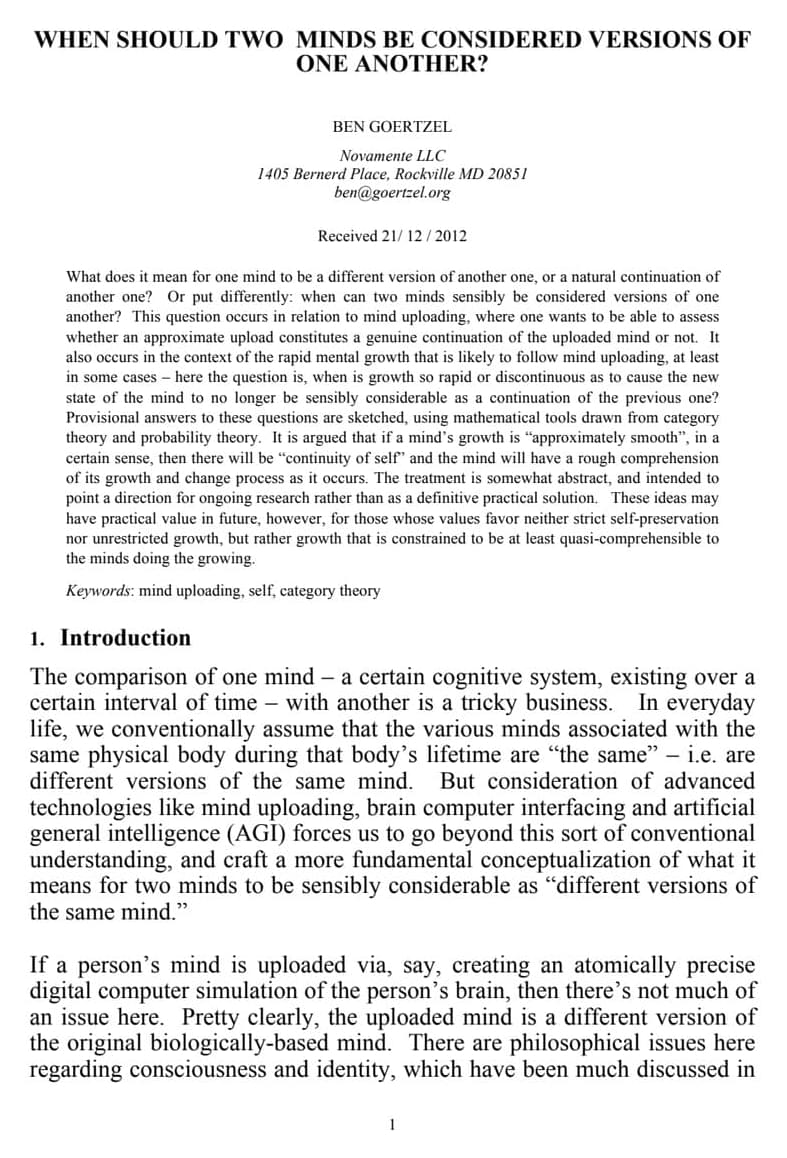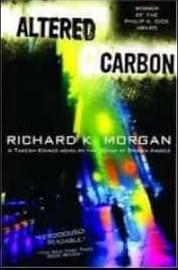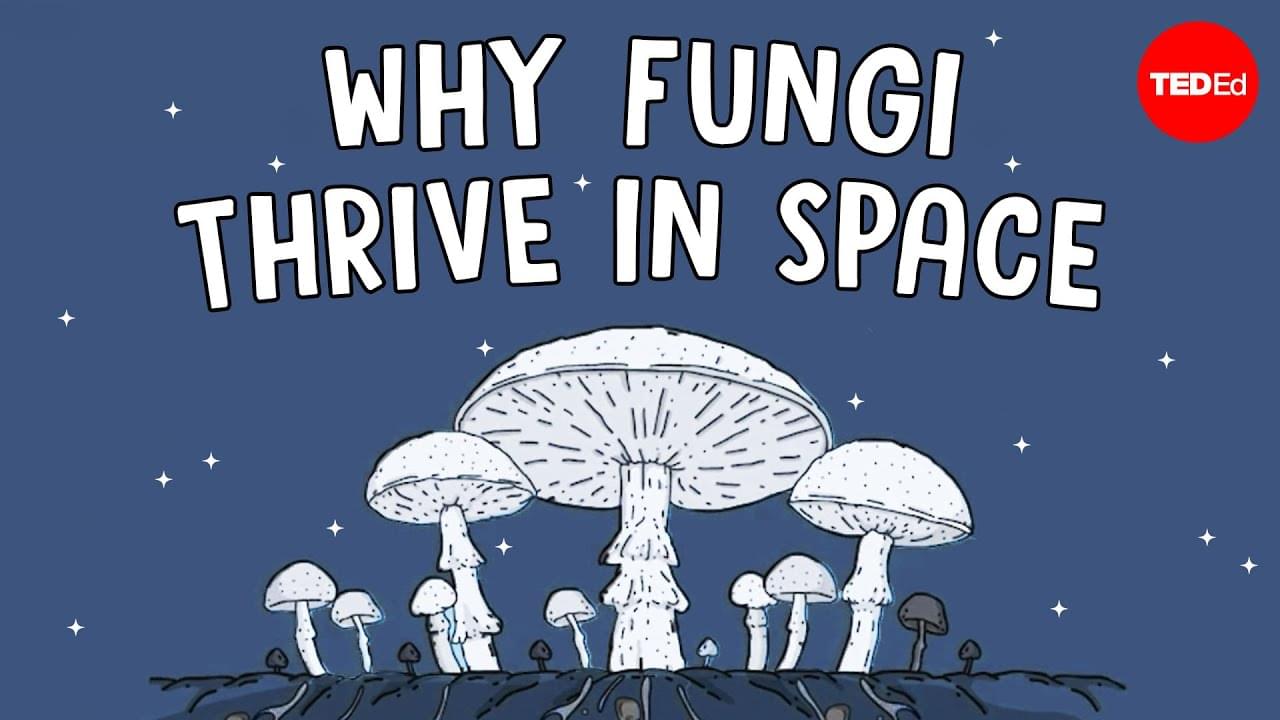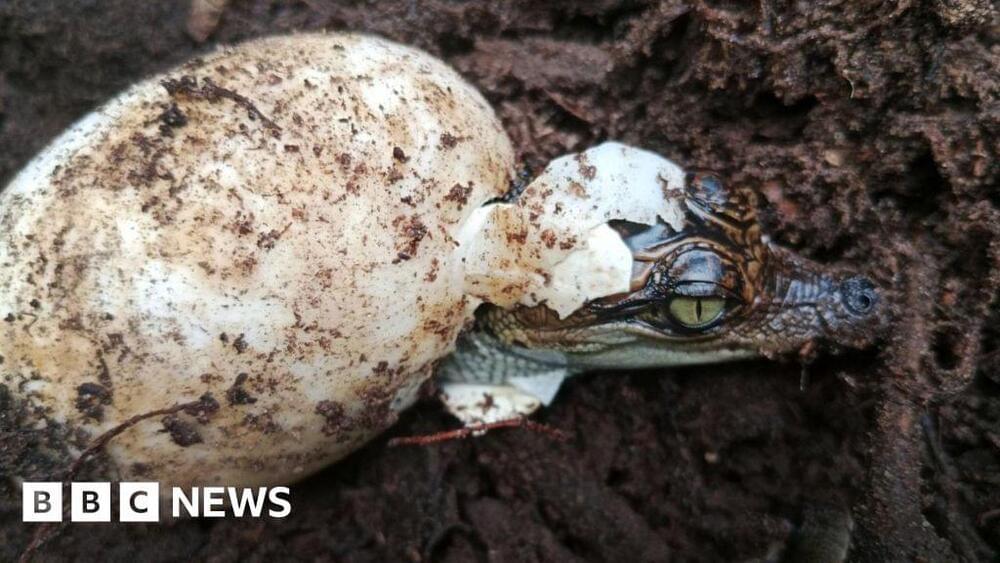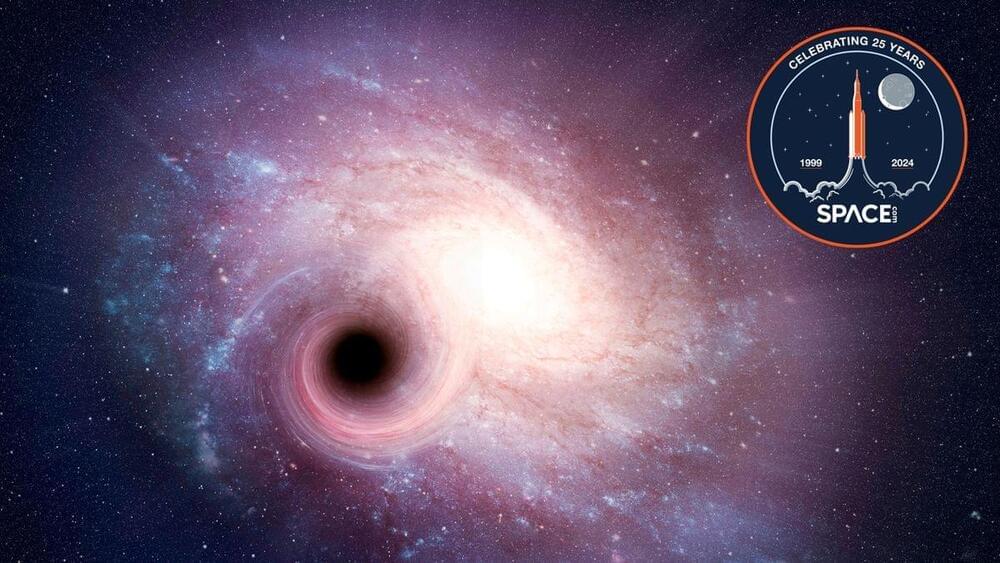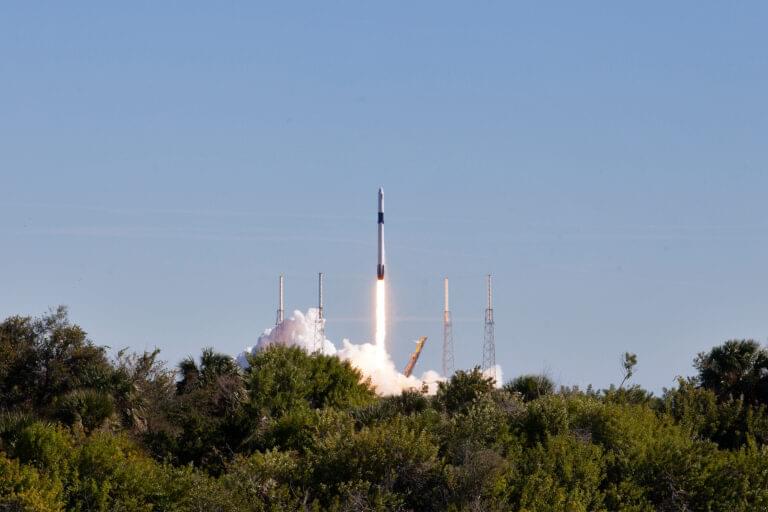
Call it the force’s doing, but it has been surprises galore for the GEDI mission.
In early 2023, the lidar mission that maps the Earth’s forests in 3D was to be burned up in the atmosphere to make way for another unrelated mission on the International Space Station. A last-minute decision by NASA saved its life and put it on hiatus until October 2024. Earlier this year, another surprise revealed itself: the mission that replaced GEDI was done with its work, effectively allowing GEDI to get back to work six months earlier than expected.
That’s how, in April, a robotic arm ended up moving the GEDI mission (short for Global Ecosystem Dynamics Investigation and pronounced “Jedi” like in the Star Wars films) from storage on the ISS to its original location, from where it now continues to gather crucial data on aboveground biomass on Earth.
